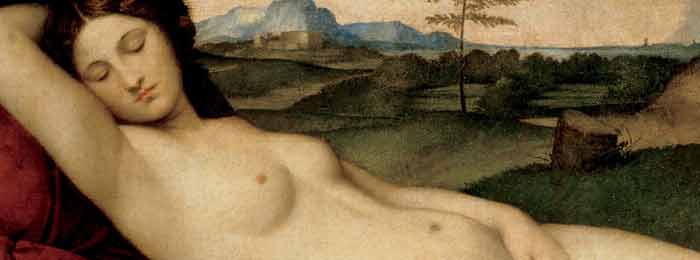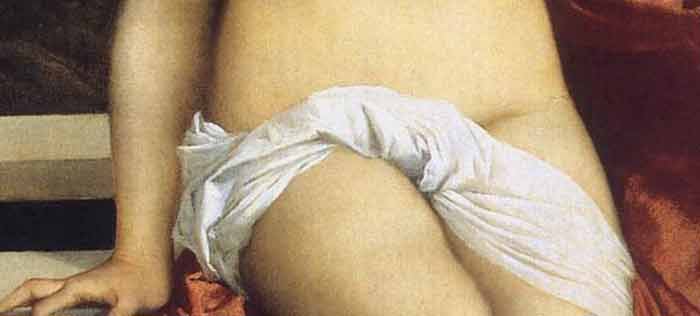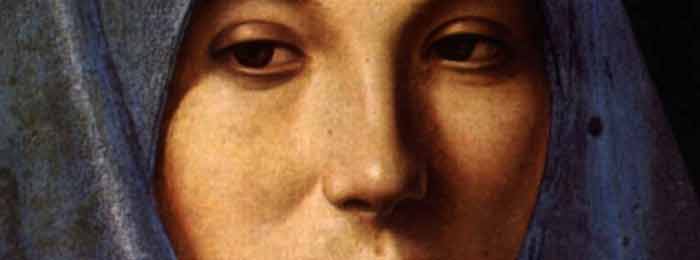On 18 Aug, 2015 With
Venetian Painting Techniques The painting techniques employed by Northern Renaissance artists strongly influenced the work of renowned painters, such as Titian and Giorgione, during the Italian Renaissance. Venetian artists also greatly impacted the styles of this period, notably the Van Eyck brothers. The oil painting techniques developed by these Flemish painters around the year 1400 combined the use of egg tempera and oil painting, with the underpainting being created using a grisaille technique of tempera, while pure colored oil glazes were carefully applied on top. This combination painting technique added remarkable lustre to their small panel paintings, resulting in striking jewel-tones, the most vivid hallmark of the brothers’ famous style. Prior to the Van Eyck brothers’ success with their combination…
Read More
On 24 Jun, 2014 With
Titian and Giorgione were foremost among the pioneers of what we now call the Venetian Method of oil painting. The Venetian Method, or Venetian Technique, borrowed heavily from the Flemish Method, which saw the application of transparent glazes for the shadows, greater contrast between dark and light areas, and opaque highlights. The Venetian Method, however, deviates in some key areas, adding its own take on the Flemish process. While the glossy finish of the Flemish Method was ideal for small wood panels, on large paintings it was distracting and decidedly “overkill”; ergo, Titian refined the painting process to produce a less reflective surface. Most probably, he cut out sheen-enhancers like polymerized oils, balsams, and resins, and replaced them with…
Read More
On 17 Jun, 2014 With
Oil painting in its first form evolved from an earlier discipline known as , and was an attempt to overcome the severe limitations of that medium, such as a lacklustre finish and too-rapid drying time. Developed originally in Flanders, the method became known as the “Flemish Technique.” This method of painting requires a rigid surface on which to work, one that has been primed pure white, as well as a very precise line drawing. The line drawing was transferred to the white surface by perforating (tracing, in essence) the drawing along its lines. Once this transfer was complete, the resulting lines were enhanced with ink or viscous paint (using either a pen or finely pointed sable brush). The drawing was…
Read More




